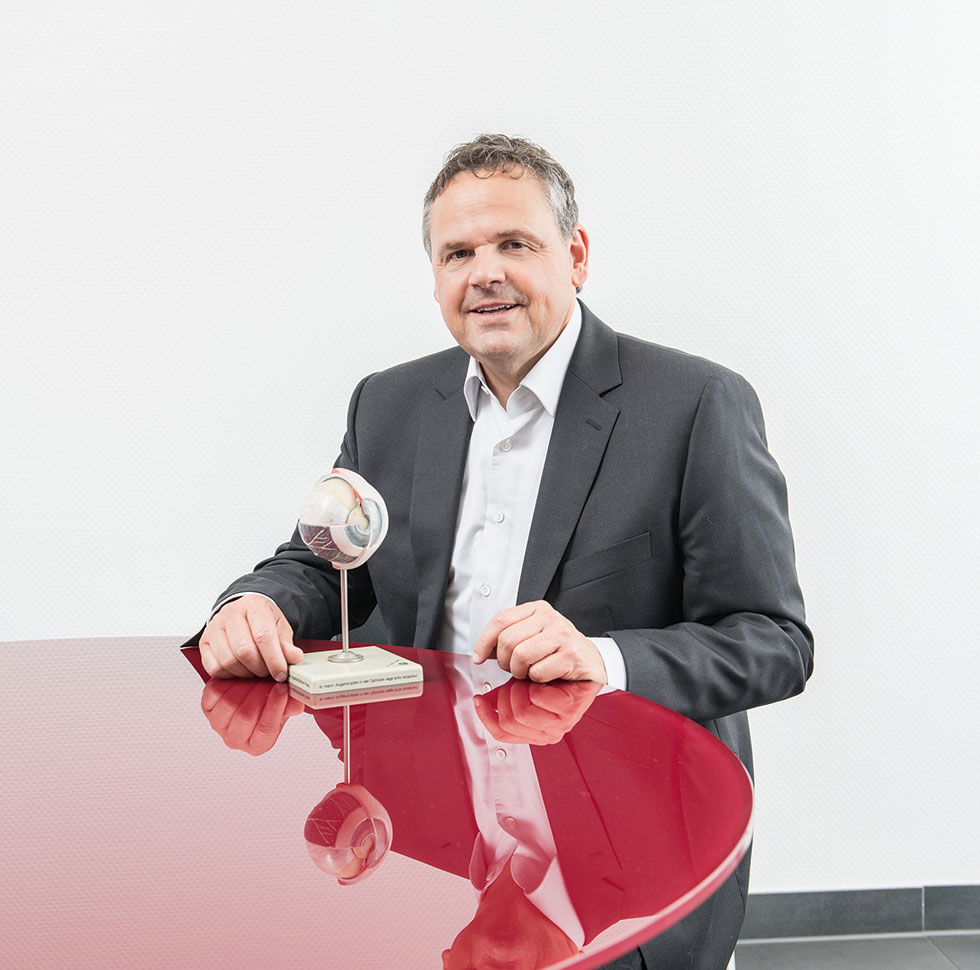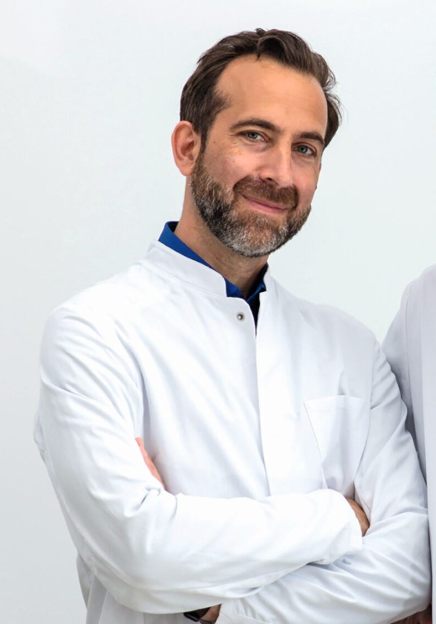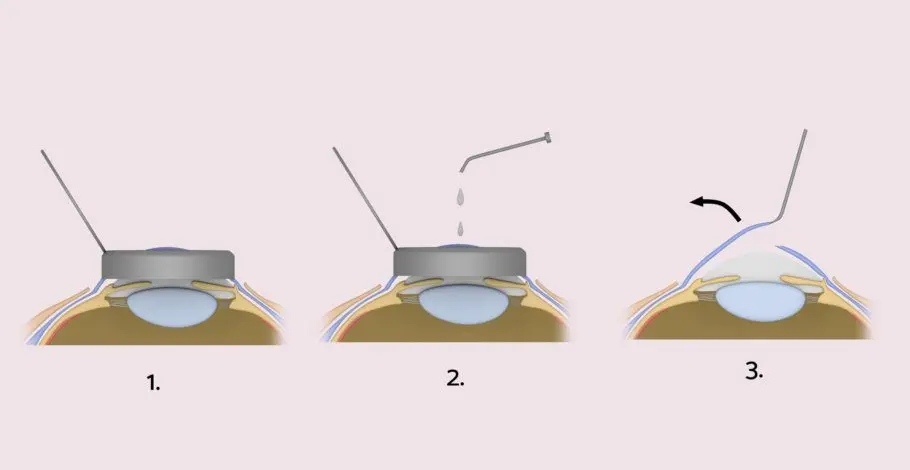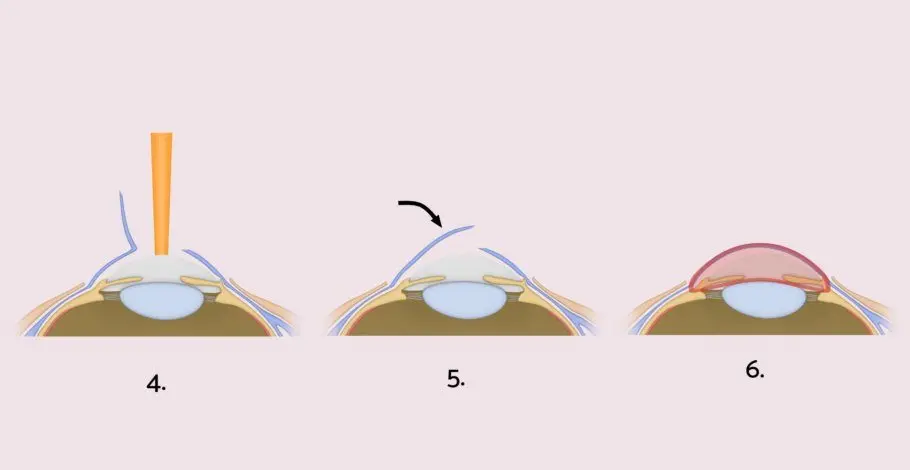Other Treatment Methods

© Getty Images
LASEK eye laser surgery
In the modern LASEK principle, the laser treatment is performed superficially directly on the cornea. While older methods may carry the risk that a cornea that is not thick enough becomes unstable, this risk is practically nonexistent with the use of LASEK. The great advantage lies in the gentle treatment of the thin cornea.
The LASEK procedure is applied for
- myopia (corrections up to -6 diopters)
- hyperopia (corrections up to +4 diopters)
- astigmatism and corneal curvature (corrections up to 3 cylindric diopters).
Experts for this Treatment Method

- Modern Ophthalmology
Dr. med. Ilya Kotomin
Smile Eyes Leipzig
- Modern Ophthalmology
Raphael Neuhann (FEBO)
Opthalmologikum Dr. Neuhann / Augentagesklinik am Marienplatz
- Modern Ophthalmology
Dr. med. Tabitha Neuhann
Opthalmologikum Dr. Neuhann / Augentagesklinik am Marienplatz
- Modern Ophthalmology
Dr. med. Tobias Neuhann
Opthalmologikum Dr. Neuhann / Augentagesklinik am Marienplatz
- Modern Ophthalmology
Dr. med. Mark Tomalla
Privatpraxis für Augenheilkunde
- Modern Ophthalmology
Dr. med. Laszlo Kiraly
Smile Eyes LeipzigAll Experts in this Department
Show All
- Modern Ophthalmology
Dr. Mirka R. Höltzermann
Augenpraxis Dr. Höltzermann, Dr. von Schnakenburg, Augenpraxis Dres. Höltzermann & von Schnakenburg
- Modern Ophthalmology
Dr. med. Ilya Kotomin
Smile Eyes Leipzig
- Modern Ophthalmology
Priv.-Doz. Dr. med. Daniel Pilger
Smile Eyes Berlin
- Modern Ophthalmology
Raphael Neuhann (FEBO)
Opthalmologikum Dr. Neuhann / Augentagesklinik am Marienplatz
- Modern Ophthalmology
Dr. med. Tabitha Neuhann
Opthalmologikum Dr. Neuhann / Augentagesklinik am Marienplatz
- Modern Ophthalmology









